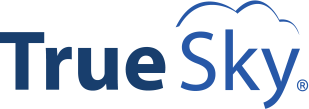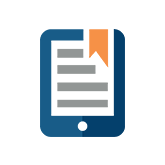How to Introduce Rolling Forecasting to your Organization
If you want to start including more frequent forecasting in your business, then you need to know the best ways to go about it. No one wants to spend more time and money than they need to when the end goal is to save time and money.
- Start with the end goal. This is what we talked about in the previous section –you need to be clear about your objective.
- Determine how detailed the forecast must be.
- Figure out who will be contributing. Not everyone needs to take part in the process but identifying your key players will help make sure that the team members you need are involved.
If you want to start including more frequent forecasting in your business, then you need to know the best ways to go about it. No one wants to spend more time and money than they need to when the end goal is to save time and money.

- Start with the end goal. This is what we talked about in the previous section –you need to be clear about your objective.
- Determine how detailed the forecast must be.
- Figure out who will be contributing. Not everyone needs to take part in the process but identifying your key players will help make sure that the team members you need are involved.
Identify non-quantitative trackers. In some instances, you may be looking at a strategy that takes a longer time to play out than just a month. For example, a marketing campaign might take more time to propagate and return on investment. In that case, you would want to have additional markers to track success.
Establish what-if scenarios. What if you want to increase revenue, but sales are low in the first quarter? What if there is an unexpected administrative purchase needed when you want to reduce the budget? Developing plans can help you stay flexible.



